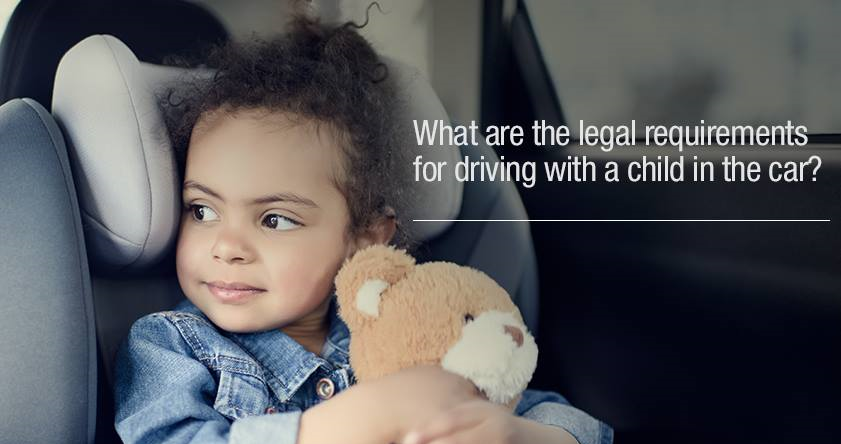
A simple internet search will show you the devastating effects of a motor vehicle crash on an unrestrained child. The Constitution of South Africa states the best interests of children are of paramount importance in every matter concerning them. As drivers, this is a principle we should keep in mind when we drive with a child passenger
Regulation 213 of the National Road Traffic Act regulates the installation and usage of seatbelts in South Africa.
Regulation 213 classifies an adult as a person over the age of 14 years, or taller than 1.5 metres. It further classifies a child as a person between the age of three and 14 years, except where such person is taller than 1.5 metres, and an infant as a person below the age of three.
Besides providing for the regulations for the fitting of seatbelts, and the legal seatbelt requirements for adults, the regulations also set out the seatbelt and child restraint requirements. They state that the driver of a vehicle must ensure a child on a seat of the motor vehicle uses an appropriate child restraint and that if no child restraint is available, the child must wear a seatbelt if an unoccupied seat, which is fitted with a seatbelt, is available.
If the motor vehicle is not equipped with a seatbelt on any of the seats, the driver of the motor vehicle must ensure a child be seated on the rear seat, if such motor vehicle is equipped with a rear seat. When it comes to infants (a child below the age of three) the driver must ensure the infant traveling in such a motor vehicle is seated on an appropriate child restraint. This provision, however, does not apply in a case of a minibus, midibus, or bus, operating for reward.
A child restraint must comply with the standard specification SABS 1340 "Child restraining devices in motor vehicles", and bear a certification mark or approval mark.
“Child restraining devices in motor vehicles”,
The South African Bureau of Standards (SABS) is a statutory body established to provide standards and conformity assessment services. They are mandated to develop, promote and maintain the South African National Standards.
Finally, Regulation 213 provides that the driver of a motor vehicle shall ensure all persons travelling in such motor vehicle shall wear a seatbelt as set out in the Regulation. This places a responsibility on the driver, and if the driver does not comply with these provisions, he/she may face penalties. Drivers could even face more severe charges such as reckless and negligent driving, and culpable homicide, should the infant or child be involved in a fatal crash.
The onus rests with the driver to be cautious, and to take the necessary precautions to avoid penalties, and more importantly, protect the lives of child passengers.